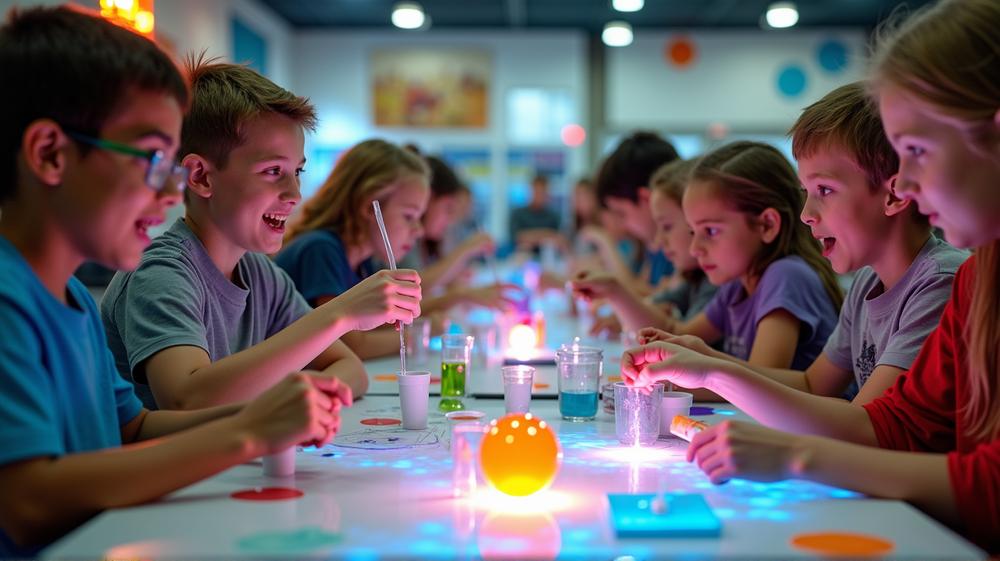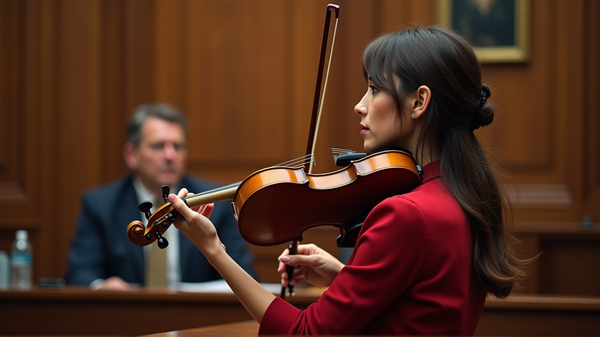Unveiling Secrets Behind Science Fair Success: Choosing Passion Over Pressure!
Science fairs have long been celebrated for their role in sparking curiosity and ambition among students. However, the factors driving students to participate have remained largely enigmatic until now. Dr. Frederick Grinnell, alongside his dedicated team, embarked on a mission to explore exactly what fuels the enthusiasm—or sometimes the reluctance—of young minds towards these educational encounters.
The Heart of Science Fair Enthusiasm
According to UT Southwestern Medical Center, the draw towards a science fair differs greatly when students willingly participate versus when they’re compelled to. In a meticulous study titled “High School Science Fair: What Students Say – Mastery, Performance, and Self-Determination Theory,” Dr. Grinnell unveiled fascinating insights into students’ motivations. When given the choice, a staggering 89.3% of students reported positively on their experience. Contrarily, mandatory participation led to less favorable experiences for 53.6% of students.
Embracing Mastery Over Performance
The study highlights the critical distinction between mastery (fostering learning and development) and performance (emphasizing winning). Discoveries revealed a thriving enthusiasm when fairs create mastery-oriented environments that encourage skill enhancement and embracing one’s innate curiosity. “Science fairs are a golden opportunity for students to dive deep into the passion of scientific exploration,” notes Dr. Grinnell, urging educators to nurture an environment centered on learning rather than mere competition.
Focusing on Self-Determination Theory
The findings align with the Self-Determination Theory, promoting autonomy, competence, and connection. These elements, Dr. Grinnell asserts, are essential in cultivating a lifelong love for science. By supporting autonomy and fostering community connections, science fairs become a fertile ground for growth, not just academically but personally.
Success Shared Across the Board
Annually at the Uplift Science Fair, students of varying ages and backgrounds gather to showcase their innovations. These fairs invariably inspire participants, some of whom embark on paths toward science and engineering careers, with others integrating learned experiences into everyday pursuits.
Collaboration and Broader Impact
In collaboration with Southern Methodist University, the research encompassed diverse student demographics, proving the expansive impact of science fairs. Co-authors Joan Reisch and Simon Dalley highlight the universal benefits extending beyond the typical STEM-engaged participants, validating the potential for science fairs to have a meaningful, long-lasting impact.
A Future Beyond the Lab
Dr. Grinnell firmly believes that whether students end up donning lab coats or not, the spirit of inquiry fostered by science fairs enriches lives. “The next generation of thinkers—whether scientists, engineers, or curious minds—will emerge from these fairs equipped with a mindset ready to question, explore, and innovate,” he concludes.
In world’s theaters of learning, such as the Uplift Science Fair, the intersection of choice, motivation, and supportive learning environments emphasizes that success isn’t just about science—it’s about nurturing potential and enabling growth in all dimensions of life.




